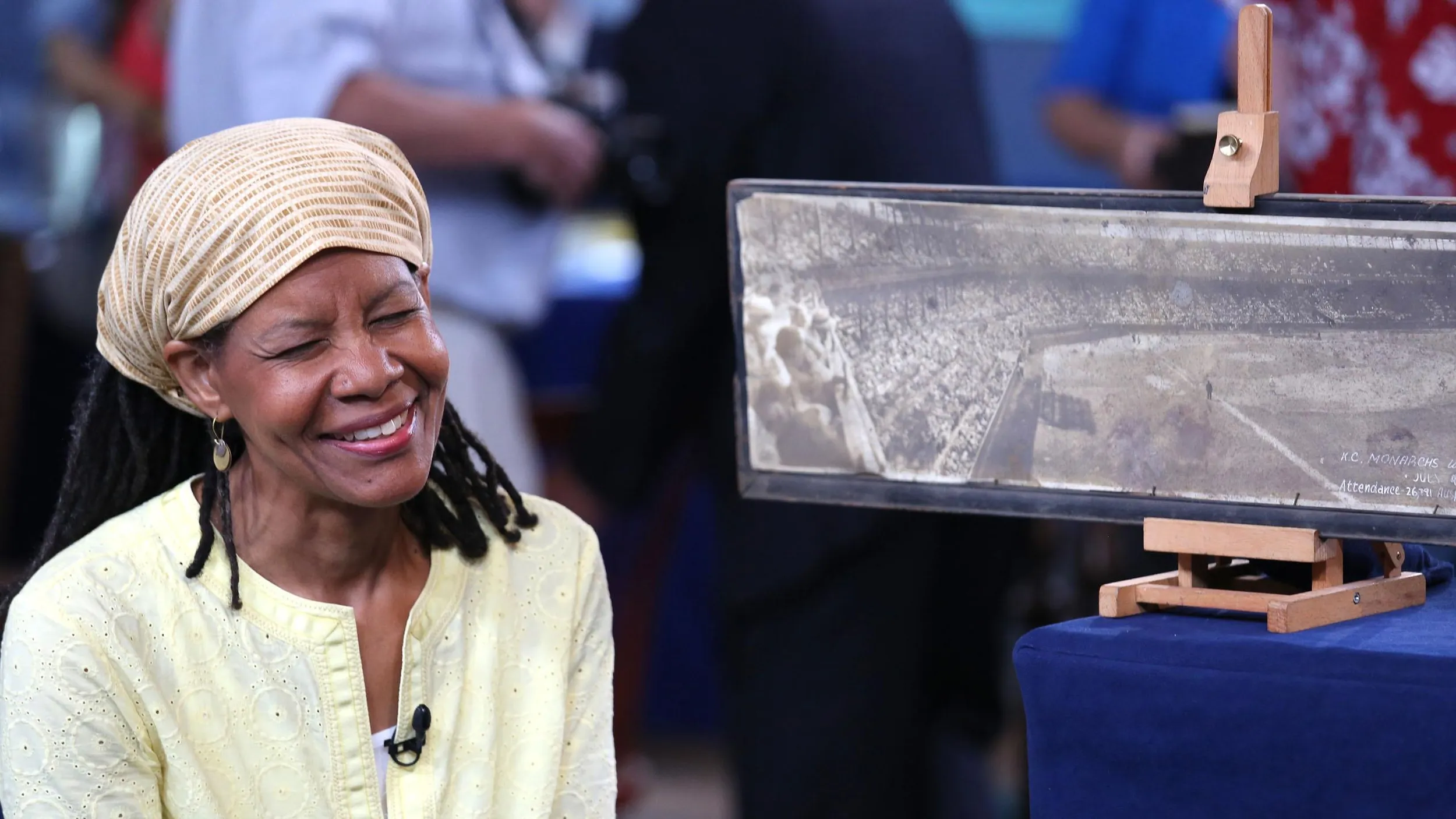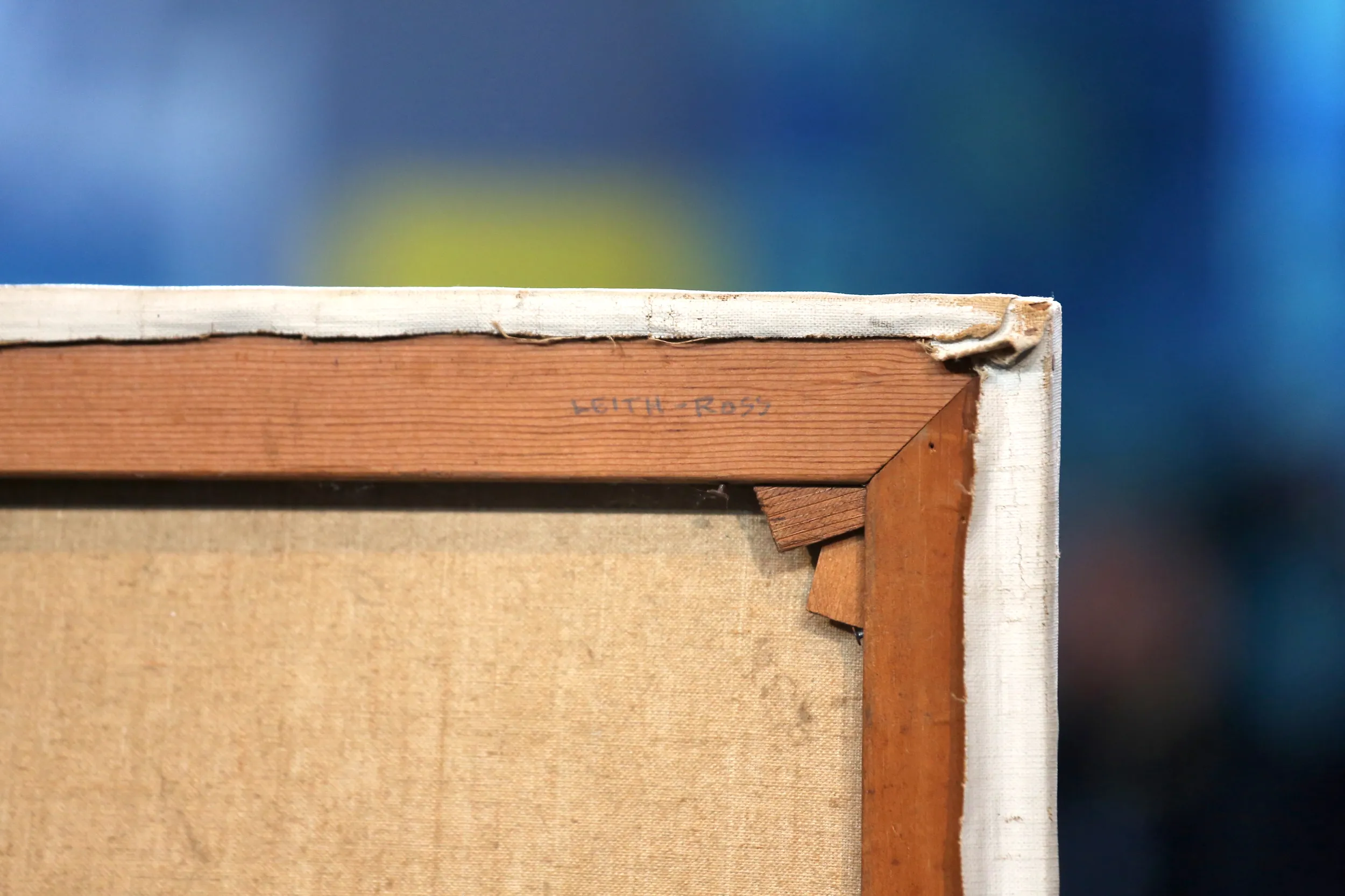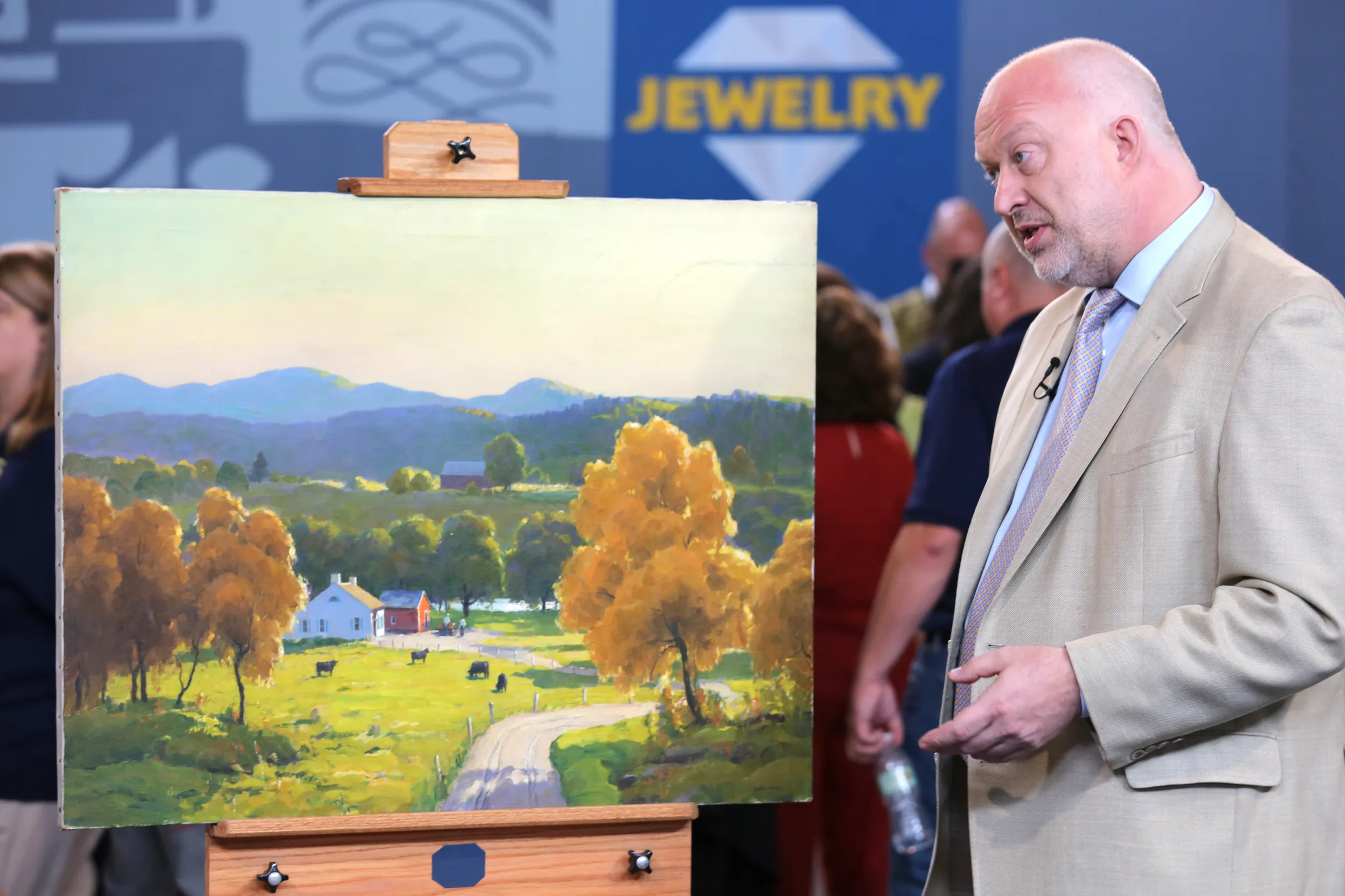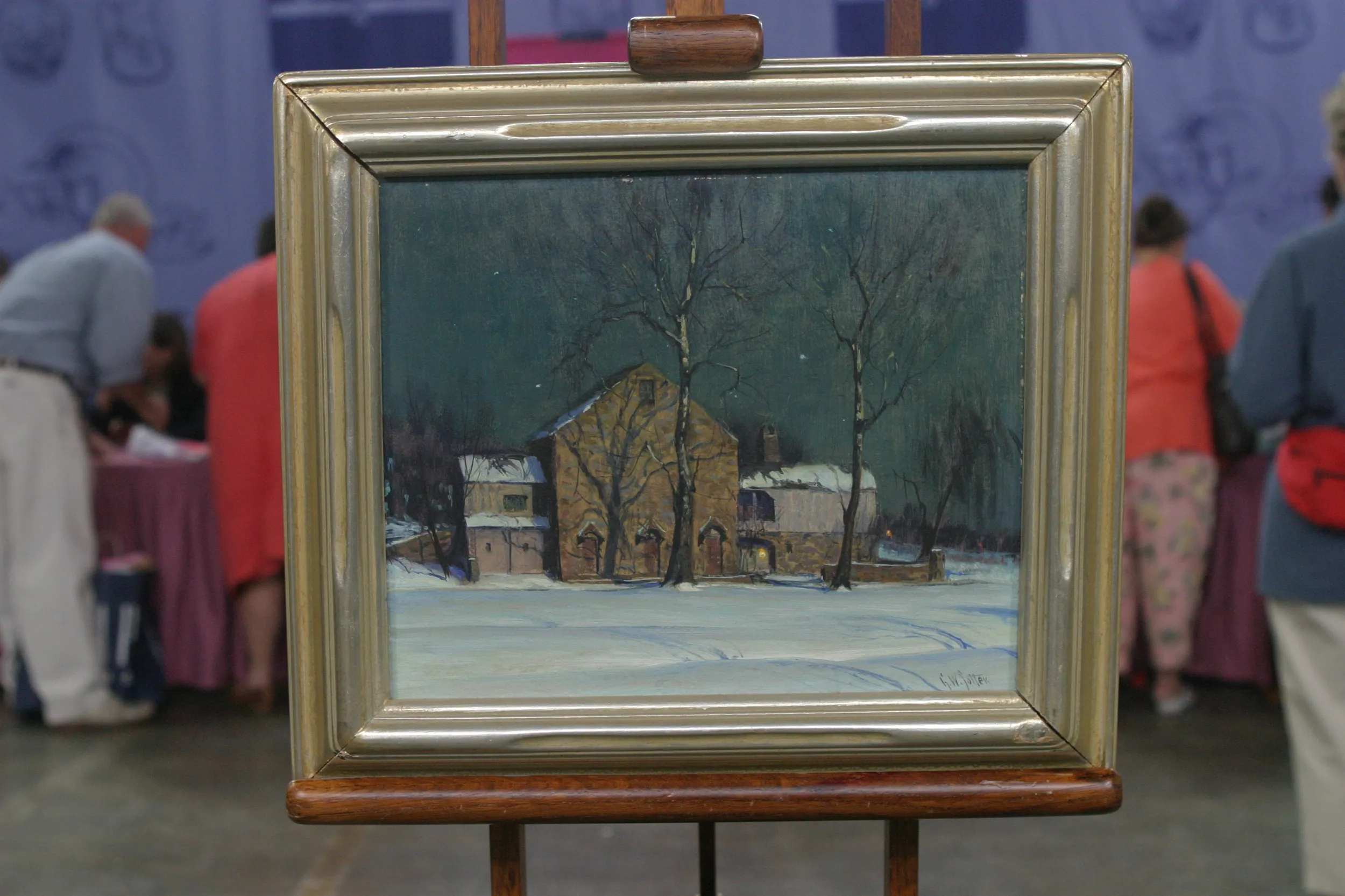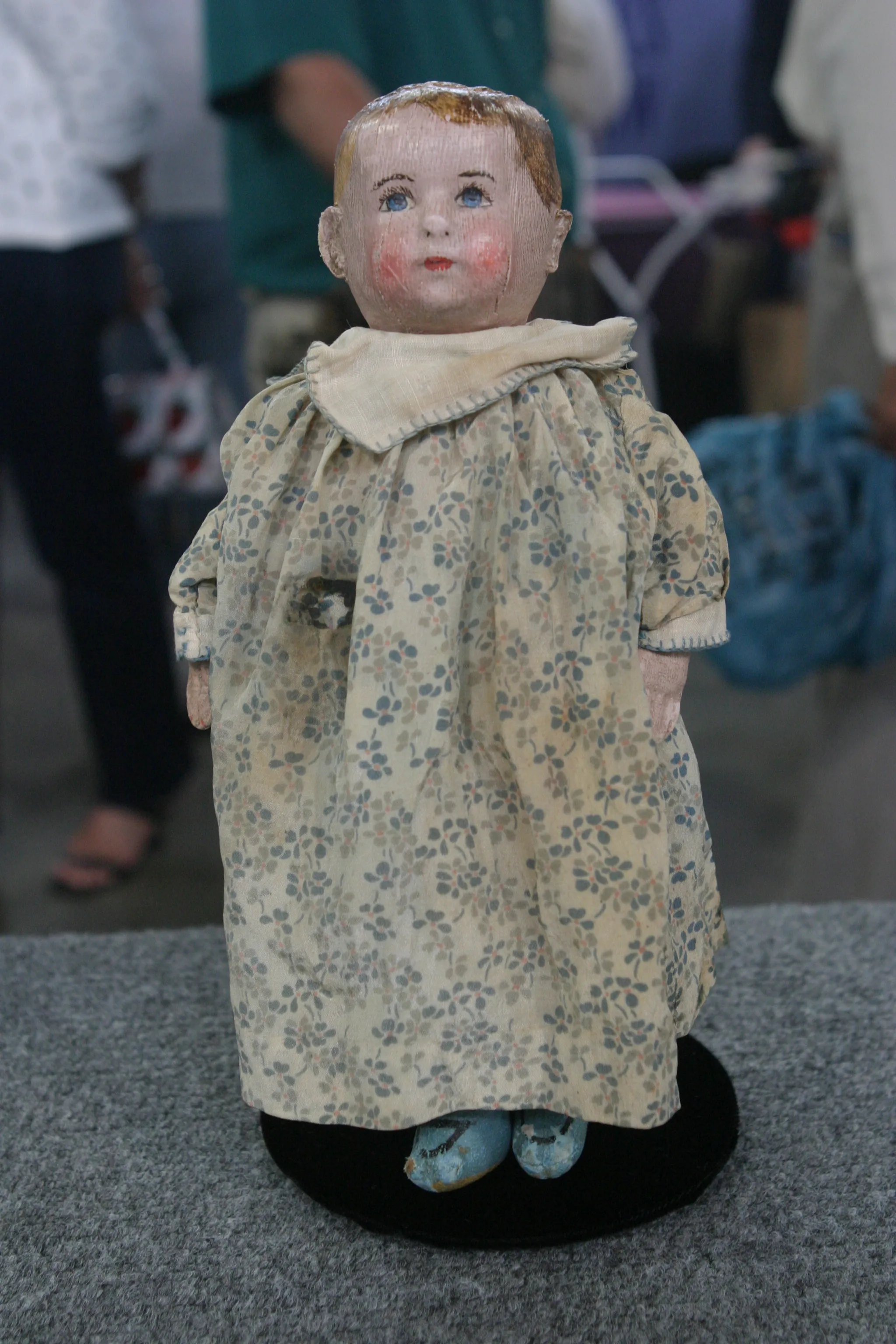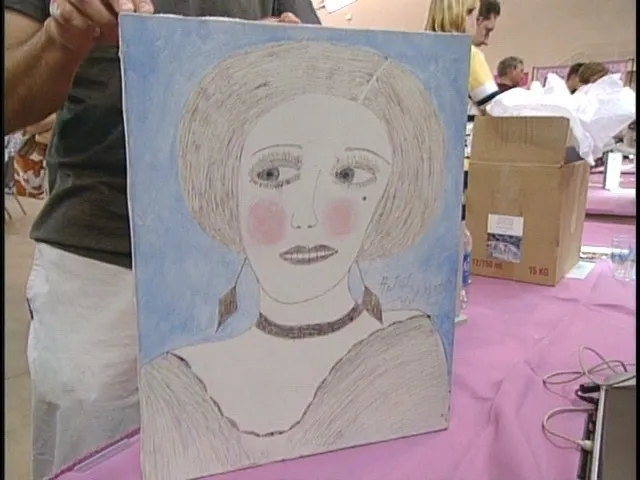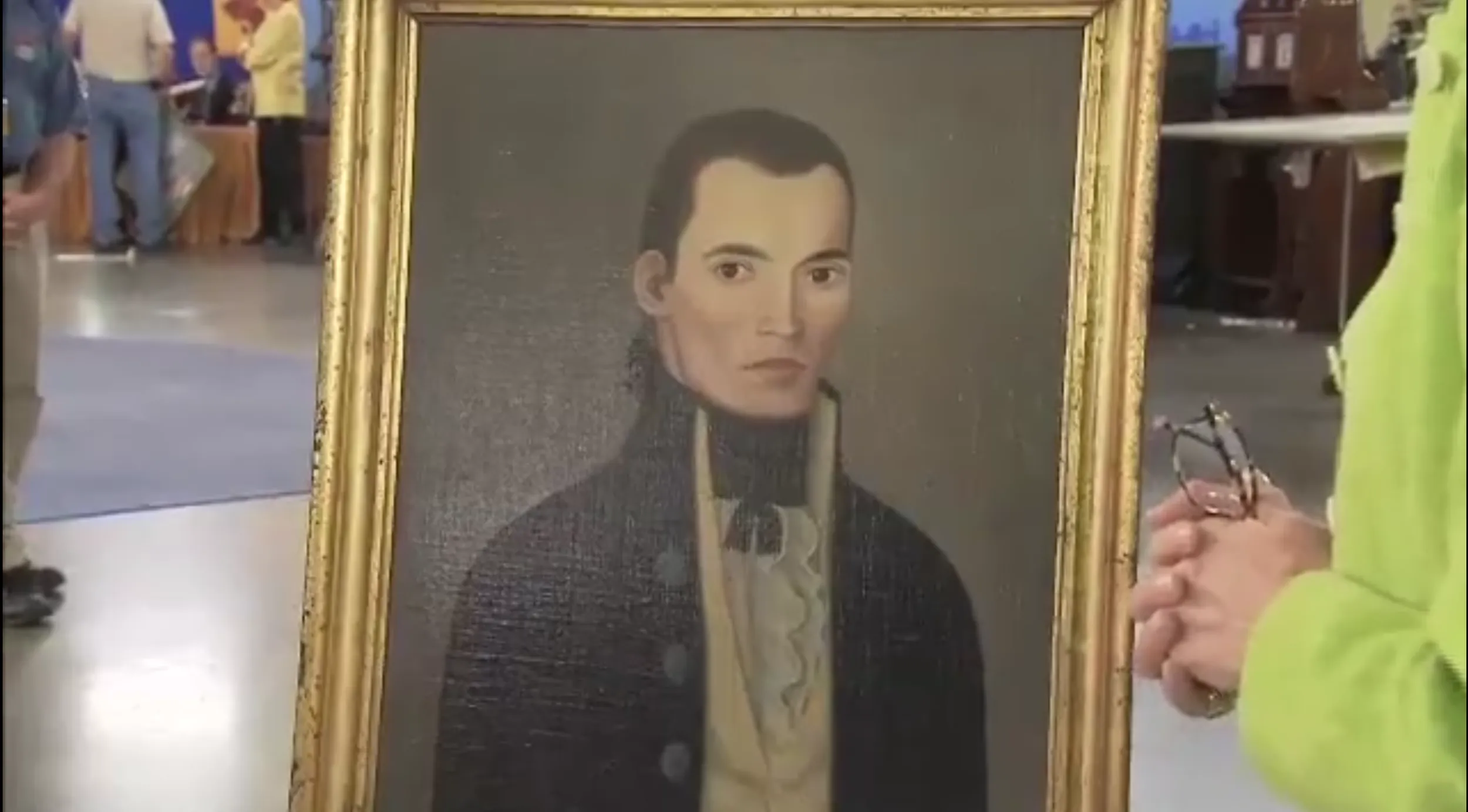GUEST: My husband's father worked for a printing company here in St. Louis, and they were making a calendar for PET Milk, and this painting, supposedly, was commissioned for the calendar. My father-in-law brought it home, my mother-in-law didn't like it. It went in the garage. My husband saw it a few years later, he liked it, he brought it home. His wife did not like it and they put in the garage.
APPRAISER: (chuckles)
GUEST: After my husband's wife passed away and my husband and I got together, I was in the garage one day and saw it kind of stacked up behind some things. There was an oil pan on it. I like it, so we just have it sitting on the mantle.
APPRAISER: You see the mark here that it came off from. So there's a good tip for viewers at home: Don't put your fine art in the garage, because this sort of thing happens.
GUEST: (laughing) Yes.
APPRAISER: Fortunately, that can be fixed fairly easily. Do you know anything else about it? Do you know who the artist is?
GUEST: Well, I know it's a Leith-Ross, and I know he died several years ago. I think he was up in Pennsylvania, maybe, for a while. But that's really all I know.
APPRAISER: Yeah. He died back in the '70s, he was associated with Pennsylvania, but originally, he was from the island of Mauritius.
GUEST: Oh!
APPRAISER: Which was a British colony in the Indian Ocean. And so, really, technically, he was British. But because he had health issues-- he had allergies and asthma, and the tropical climate didn't help him it all-- so where do you go if you have, you want to get away from anything tropical? You go to Scotland, which is where his paternal grandparents came from, in Aberdeenshire. And having lived there for a while, I can testify it's anything but tropical. On his mother's side, they were Dutch, and he was related to the great Dutch marine artist Hendrik Willem Mesdag, and legend has it that it was a visit to Mesdag's studio that really inspired him to take up oil painting. But he's best-known for his association with the Pennsylvanian Impressionists. And that was a group of artists who settled in New Hope, on the Delaware River, and the first artists to settle there were William Lathrop and Edward Redfield, that was about 1898. Harry Leith-Ross was the third wave, as it were, of Pennsylvania Impressionists. He really became one of the leading members and settled there permanently in 1935. It's a little hard to date it, but we think it may be sort of '50s, '60s. I suspect this is a painting that he did that they just borrowed for the calendar. I don't know whether he would have been commissioned to have done it or not. We can only speculate about that.
GUEST: Yes, that's the story I heard, so...
APPRAISER: His earlier work's quite distinctive. It's much more impressionistic, it's much more painterly, there's more impasto on it. This is a little flatter, so I think it's from the later period.
GUEST: Okay.
APPRAISER: It's a group of artists who are very popular at auction. It's become quite a collecting area for people, particularly in the Philadelphia area. Have you had any thoughts about what the value of this piece might be?
GUEST: Maybe a few thousand dollars. I really liked the lighting that he did.
APPRAISER: The light's lovely, isn't it? The way he's picked out the little highlights of white down here, the fellow on the tractor, and the light here. And, in fact, I checked on the back. It has got a title, it's called "Connecticut Valley in Fall." That affects the value, somewhat, because people tend to prefer the Pennsylvania scenes, but at auction, I still think that a painting like this should comfortably make $10,000 to $15,000.
GUEST: Wow.
APPRAISER: And possibly even a little bit more.
GUEST: Wow.
APPRAISER: It's a really nice example. Given all the years it's spent in a garage, it's in remarkably good shape.
GUEST: Okay.

